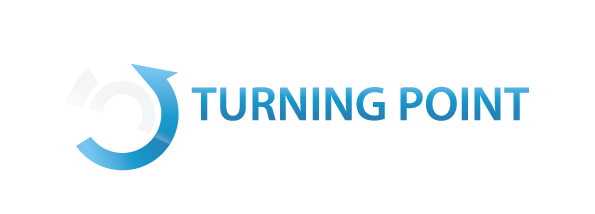Diverse points of view trace more than one horizon line, and in so doing broaden our view of possible futures, not just the ones we always already agree on.
Many organizations are rethinking how to get work done, how to help their clients, and what work and business will look like moving forward. We are looking at new challenges and opportunities, but things may look different than what we were planning a few months ago.
Moving toward a new future begins with getting curious, listening, and letting go of old approaches that no longer apply. How do we see our situation clearly, gather the information we need, and begin our work toward where we want to be next? When I have big questions about humans, systems, and change, I call Martha Bird, ADP’s Business Anthropologist, to get her insight.

Q: We are all very good at planning and executing a clear and understood strategy, but what happens when something big changes and we have to recalibrate? What skills and tools are important?
MB: We humans usually go about our daily lives without thinking much about why we do what we’re doing. We tend to just do things the way we have always done them. But when things “go wrong” or “break down,” or when our everyday realities become pressingly real – when they “loom larger than life” – our predictable routines and experiences no longer flow unselfconsciously.
Many of us have found this “emerging reality” extremely jarring. It’s like the story of two fish swimming along who are greeted by a third fish. The third fish asks, “How’s the water?” The two fish look at one another and say, “What’s water?” We “swim” in our culture like those fish. By and large, our cultural “medium” – social, technological and material – seems invisible, like the water for the fish, until stuff goes wrong.
I’d say the ability to adapt is an important skill to practice during times of unprecedented flux. Along with adaptability, I would add flexibility, self-reflection, and as much calm as you can muster. Sounds kind of like doing yoga. These skills are important as many of us feel like “fish out of water.” We need to learn to take time to breathe and create moments of calm and mindfulness. Take the time. You’re worth it.
Q: How can our leaders learn to see the water?
MB: I am pretty sure most of us are not aware when we fall into the trap of sameness. In fact, it’s usually when we are challenged by difference that our once seemingly “natural” point of view starts to fray at the seams.
This is a good thing! Why? Because if everyone shared your point of view – points of view are cultural and are deeply embedded in inherited norms – then you are almost certainly going to achieve consensus as the default state. Consensus is norm entrenching and narrowing while difference can be creative and expansive. Any organization wanting to encourage new ways of thinking and doing needs to create room for debate and difference. One of the best ways to do that is to invite people who don’t think like you and don’t see things from the same perspective to the conversation. Diverse points of view trace more than one horizon line, and in so doing broaden our view of possible futures, not just the ones we always already agree on.
Q: Why is listening an important skill for leaders?
MB: Listening is a sign of paying attention. It is a form of reciprocity and affirmation between the listener and speaker. Listening signals a partnership and collaboration, rather than a one-way conversation. Active listening builds more trusting relationships.
Think back on a time when you felt truly heard. Then, think back on a time when you felt ignored. How did you feel about that person? Is that a person you’d respect as a leader? There are few feelings more apt to generate withdrawal and antipathy than the feeling your opinions don’t matter.
It’s important for leaders to get input and to let people know that their input is valuable and appreciated, even if the leader eventually chooses a different path.
Q: How can we help people who have important things to say actually say them? How do we show our appreciation for their input even if we don’t use it?
MB: One of the more positive outcomes of the remote work world many of us are now experiencing is learning new ways to connect and be productive. Gone are the days when teams came together around a conference table, shared desk spaces or had daily standups. Our new reality is a virtual one.
Within the abrupt transition from physical to digital, some people flourish while others falter. I’ve noticed how otherwise unassuming team members who tended to speak very little in the office are now sharing their opinions more freely on video conference calls. I’ve also noticed how the design of video conferencing tools favors a form of back and forth conversational etiquette largely lost in what we’d consider the more typical in-person team meeting.
There is something to be learned here about ways of opening space for different voices to be heard in the workplace. I’ve known many people who self-identify as socially awkward. They’d rather focus on their work in solitude are not eager to spend time with groups of people, and in many instances they actively avoid social events altogether. These are also some of the most insightful, creative, and sincere people I have worked with. In large part, this is because they haven’t bought into some of the more counterproductive practices of people within teams such as talking over one another or using volume as a proxy for intelligence, or always agreeing with the boss, or some other variant of vying for advantage.
So, how can we ensure we aren’t missing out on these quieter voices who have important things to say? A great starting point is to learn to be silent. To practice an etiquette of pauses. To understand that pauses are in many instances a necessary space for the quieter ones to jump in and contribute.
When we can pause and listen, we are open to new perspectives. We listen so that we can start to see the water.


